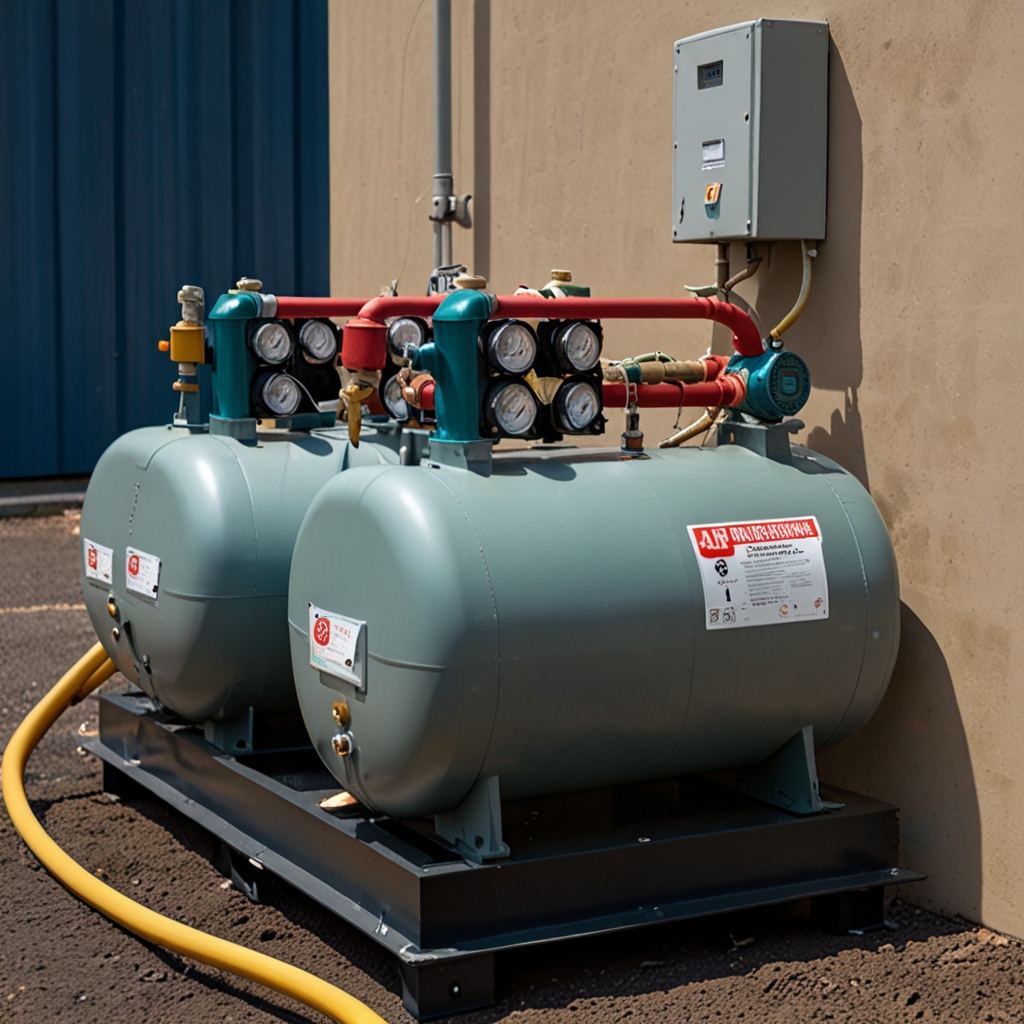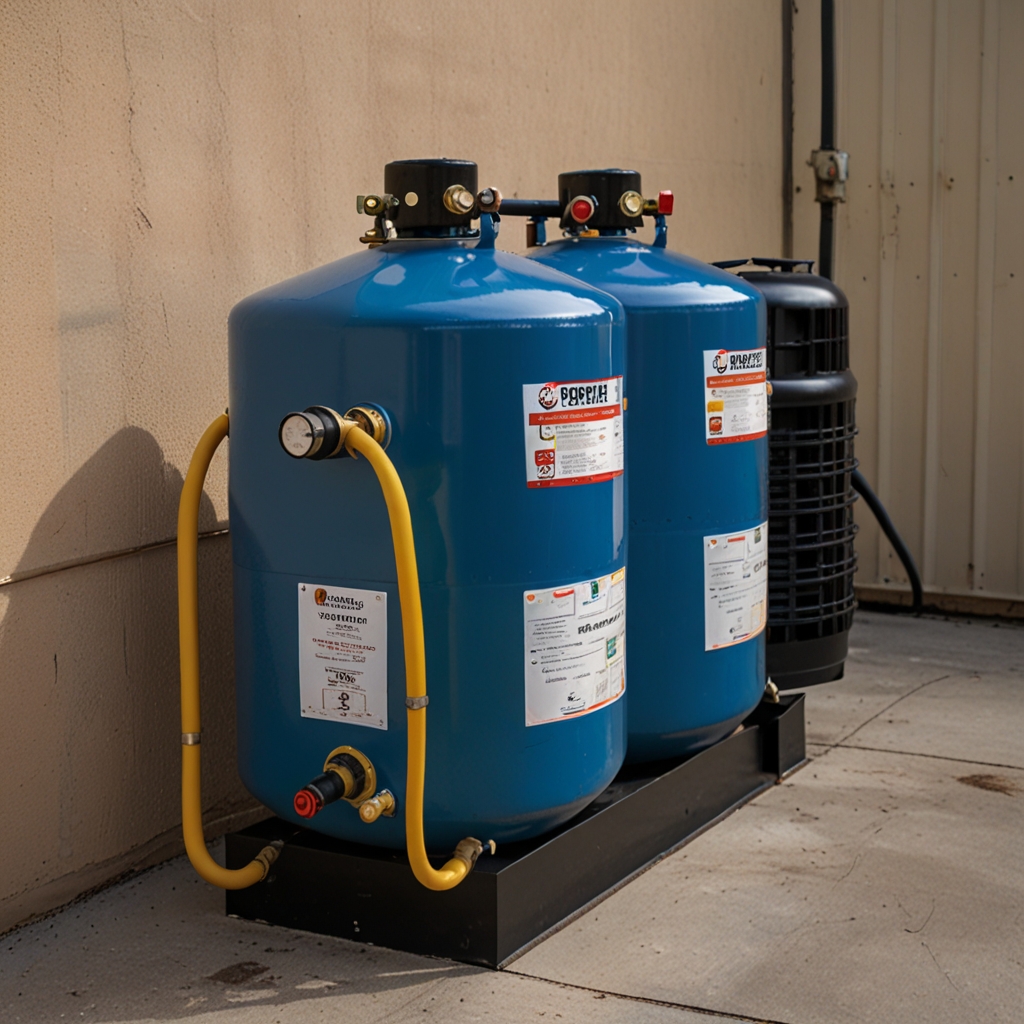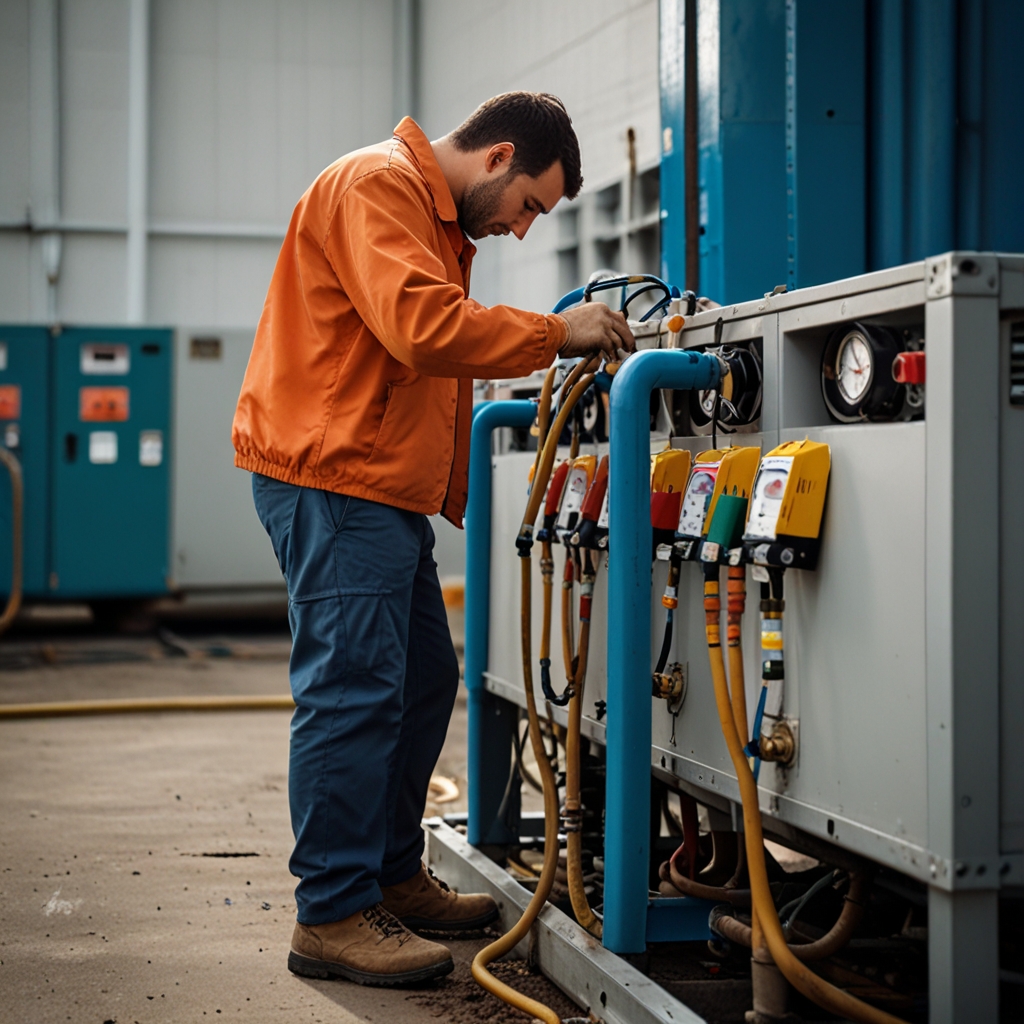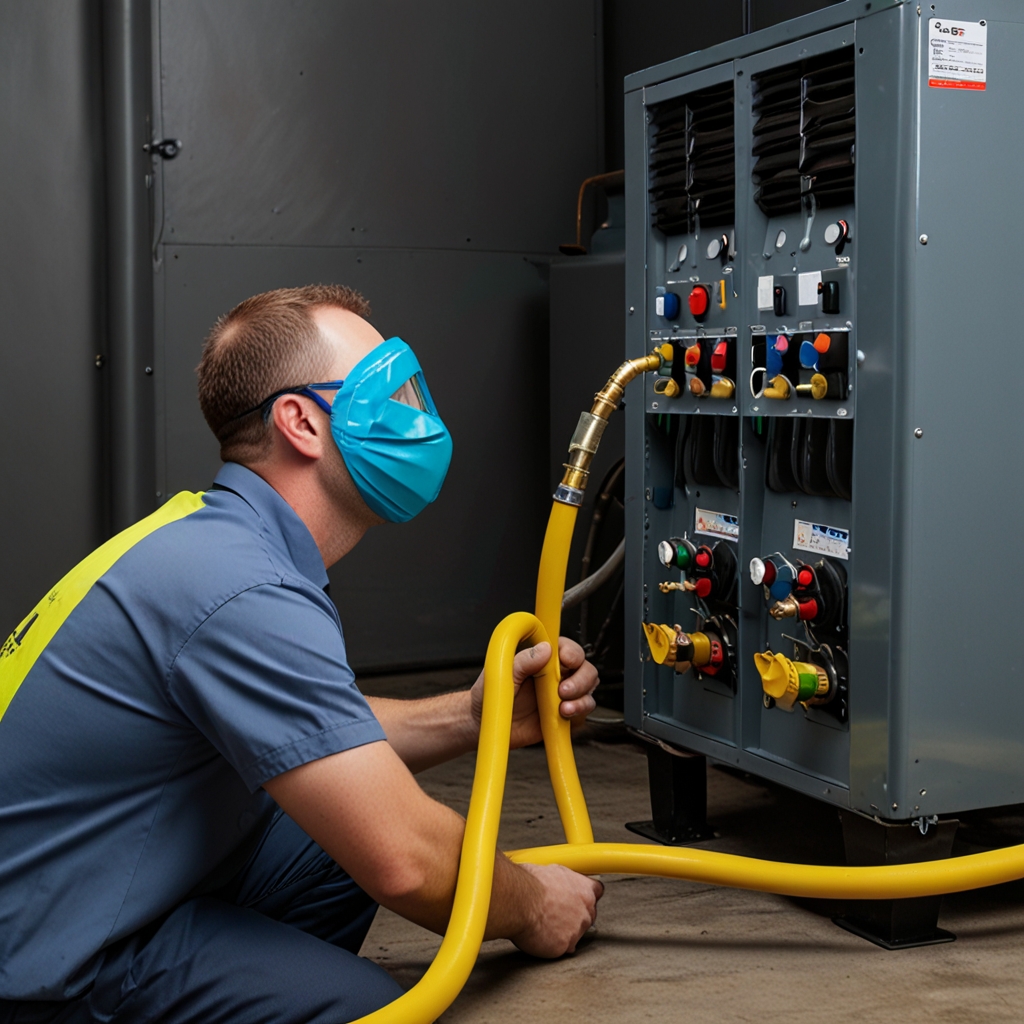Oil-Less Portable Refrigerant QCJLFGE2USYB8-GHQ
Category:
Efficient refrigeration recovery is essential for optimizing heat applications on ships, particularly with the use of the Oil-Less Portable Refrigerant Recovery Machine QCJLFGE2USYB8-GHQ. This advanced piece of Refrigerant Recovery Equipment offers exceptional performance, allowing maritime professionals to recover refrigerants effectively, thereby protecting the environment and adhering to regulations.

Understanding Efficient Refrigerant Recovery with QCJLFGE2USYB8-GHQ for Marine Heating Systems
Using QCJLFGE2USYB8-GHQ provides several primary benefits for ship heating, including improved refrigerant recovery efficiency and reduced greenhouse gas emissions. Key regulations such as the EPA’s Clean Air Act and various international treaties require ships to adhere to responsible refrigerant recovery practices, ensuring compliance and sustainability. Efficient recovery directly impacts environmental sustainability by minimizing the leakage of potent greenhouse gases into the atmosphere, contributing to climate change. Maintenance practices, such as regular inspections and timely servicing of the Refrigerant Recovery Tools, significantly improve the overall performance and reliability of recovery systems like QCJLFGE2USYB8-GHQ.

How does this equipment enhance refrigerant recovery processes on ships?
This equipment enhances refrigerant recovery processes on ships by enabling the recovery of 95 or more of the refrigerant, ensuring minimal loss during operations. Statistics show that the average ship loses approximately 10 of its refrigerant each year, which translates to significant emissions if not managed properly. Modern recovery systems, including the Portable Refrigerant Recovery Machine QCJLFGE2USYB8-GHQ, typically achieve efficiency ratings above 90, marking a leap in technology. To operate this equipment effectively, crew members require at least 8 hours of specialized training, ensuring familiarity with its features and functions.

Maximizing Refrigerant Recovery Efficiency with QCJLFGE2USYB8-GHQ for Ship Heating Systems
Innovative features of QCJLFGE2USYB8-GHQ, such as rapid suction capabilities and dual-cylinder systems, significantly improve recovery rates during maritime operations. Ship owners can reduce costs by utilizing these efficient recovery systems, which ultimately lead to lower operational expenses and improved compliance with environmental regulations. Technological advancements impact the recovery of refrigerants by providing real-time data analytics, enhancing monitoring, and reducing response times to detected issues. vessels face challenges when implementing recovery systems, such as the initial investment costs and the need for crew education to handle advanced technology proficiently.

What are the technology advancements in refrigerant recovery for marine applications?
The average time frame for a complete refrigerant recovery using modern equipment is typically around 30 minutes, depending on the system size and conditions. Newer recovery systems, like the Refrigerant Recovery Machine QCJLFGE2USYB8-GHQ, are at least 30 more efficient than older models, showcasing significant advancements in design and reliability. Advanced recovery systems can handle multiple types of refrigerants, including R-134a and R-404A, making them versatile for various applications. Over the last decade, recovery rates have improved by approximately 20, partly due to enhanced technology and rigorous training protocols for crew members.
Best Practices for Efficient Refrigerant Recovery Using QCJLFGE2USYB8-GHQ in Maritime Heat Management Systems
Standard practices that help maintain optimal refrigerant recovery efficiency include regular equipment inspections and adherence to manufacturer guidelines for servicing the Oil-Free Refrigerant Recovery Unit. Ship operators can train their crew for effective recovery processes through structured training sessions and hands-on learning opportunities that leverage the capabilities of QCJLFGE2USYB8-GHQ. Safety protocols for handling refrigerants onboard need to include thorough training on the properties of the refrigerants, appropriate Personal Protective Equipment (PPE), and emergency procedures. Routine inspections greatly affect refrigerant recovery performance, as they identify potential leaks and ensure systems are functioning optimally, thus safeguarding environmental compliance.
What essential steps can be taken for effective refrigerant recovery on ships?
The usual number of inspections required per year for recovery systems like QCJLFGE2USYB8-GHQ ranges from three to four, depending on operational demands and maritime regulations. Ideally, at least two crew members should be trained in refrigerant recovery to ensure redundancy and efficiency in operations and emergency preparedness. Approximately 30 of recovery systems fail without proper maintenance, emphasizing the importance of regular check-ups and adherence to schedules. Sources indicate that there are roughly 10 safety incidents related to refrigerant handling each year in maritime environments, highlighting the need for diligent safety practices.
